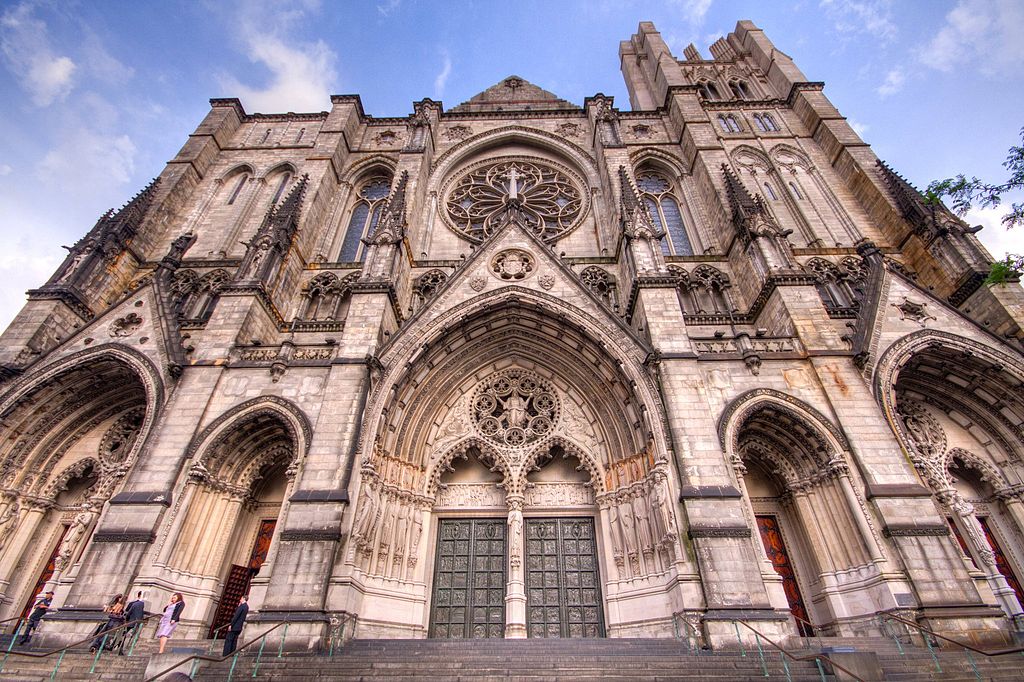I’m fairly sure that the first time I ever ran into any of the words in the Bible in print was in the pages of Madeleine L’Engle’s A Wrinkle in Time. It’s the first of many occasions in the book where she quotes scripture, and I almost certainly understood even less than the book’s young protagonists what it was that the winged beings of the planet Uriel were doing:
Login to read more
Sign in or create a free account to access Subscriber-only content.
Topics:
